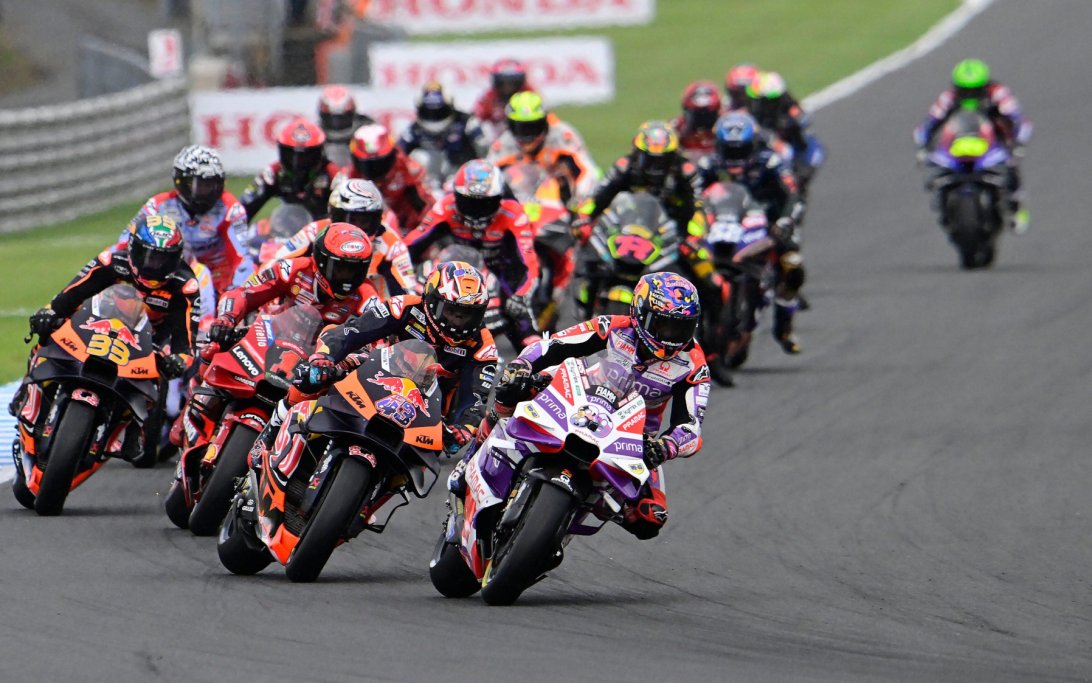MotoGP points system explained - this is how it works
The MotoGP has its own unique points system. This differs significantly, for example, from the points system used in Formula 1. How exactly does the points system for MotoGP work?

The MotoGP points system explained
The MotoGP has a unique points system, which differs from that of Formula 1.
The first-place driver naturally receives the most points, a total of 25. The gap between first and second place is the largest (5 points), intensifying the competition and pushing the drivers to their limits to take the lead. So, the second-place driver earns 20 points, and the third-place driver receives 16. A team can therefore achieve a maximum of 45 points per race. From fifth place onwards, there is only one point difference between positions, until the fifteenth place secures the final point.
MotoGP points system
| Position | Points |
|---|---|
| 1 | 25 |
| 2 | 20 |
| 3 | 16 |
| 4 | 13 |
| 5 | 11 |
| 6 | 10 |
| 7 | 9 |
| 8 | 8 |
| 9 | 7 |
| 10 | 6 |
| 11 | 5 |
| 12 | 4 |
| 13 | 3 |
| 14 | 2 |
| 15 | 1 |
No bonus points for the fastest lap
In Formula 1, it is known that the driver with the fastest lap receives one extra point, provided they finish in the top 10. However, in MotoGP, no extra point can be earned with the fastest race lap.
Point system for the MotoGP sprintraces
The driver who wins the sprint race receives 12 points, the second-place driver gets 9 points, and the third-place driver receives 7 points. After the top three, the next drivers in the top nine receive one point less each. These points count towards the World Championship and can therefore have a significant impact on the outcome of the title race.
MotoGP sprint race points system
| Positon | Points |
|---|---|
| 1 | 12 |
| 2 | 9 |
| 3 | 7 |
| 4 | 6 |
| 5 | 5 |
| 6 | 4 |
| 7 | 3 |
| 8 | 2 |
| 9 | 1 |
Do MotoGP sprint race points count?
How does MotoGP constructors points work?
How are MotoGP points calculated?
Don't miss out on any of the Formula 1 action thanks to this handy 2026 F1 calendar that can be easily loaded into your smartphone or PC.
Download the calender